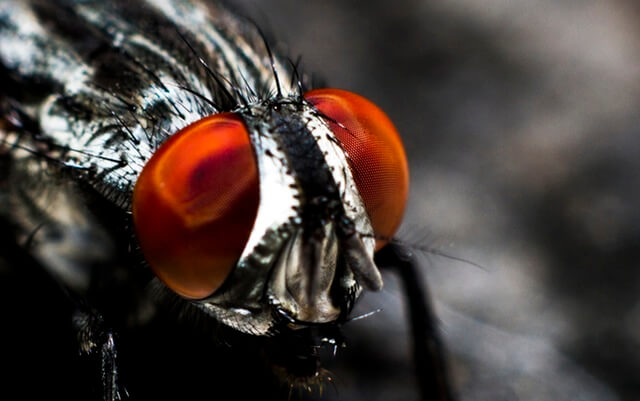
One for the kids
By Anita Poon
As Christmas has passed and another year has been ushered in, we are left during this summer sojourn to think of the year that just finished and contemplate the year ahead. For parents this invariably involves the happenings of their children. Most parents of primary school aged kids will recall one time or other where they were asked to present to their kid’s class a topic related (at times the relationship is tenuous) to the nature of their work. The optometrist parents are no exception. I was tasked with explaining telescopes to grade one children and assisting a grade three child with their project relating to the eye. Once you resist the urge to rewrite all the third-grader’s work (after all, they are only in grade three), and after you smile about the coincidence that sees said first-grader named after a telescope maker, you find a way to explain things for the kids to understand. Ultimately, the goal is to make science (of which vision science is a minute branch) fun for kids. Here are some random eye and vision related facts we encountered which the kids should enjoy.
- Cats' eyes can shine at night because they have a TAPETUM. The tapetum is a shiny, mirror-like film at the back of their eyes that can reflect light. Many other animals, including nocturnal animals, have a tapetum, but not humans!
- The "red eye" that shows up in a photo is due to the camera-flash light reflecting from the back of the eye. It is red because of the blood vessels and is perfectly normal.
- Many insects have COMPOUND EYES. A compound eye is made up of thousands of smaller, simpler eyes put together. Compound eyes can detect light well but cannot see details.

- About 8% of boys and 0.5% of girls have an inherited colour vision defect. They are born unable to see colours the full spectrum of colours the way people without a colour defect can see but DO NOT see in black and white.
- Amazing opera singer Andrea Boccelli is blind in part because he was born with glaucoma. Glaucoma is an eye disease where the optic nerve is damaged and can be related to high eye pressure.
- The Impressionists (such as Claude Monet, Edgar Degas) were once thought to be all shortsighted, from the style of their paintings. This was not the case, although many developed eye diseases and conditions that caused blur and affected their perception of certain colours. These visual impairments did not stop them from producing such fine pieces of artwork.
- Visual acuity is a measure of how well you can see and is written in fraction form. For example 6/6 is considered normal vision. The smaller the denominator, the better the vision. Therefore 6/4 is considered excellent vision.
- Some Indigenous Australian populations have amongst the best visual acuity of all the people in the world. They can have visual acuity of 6/1.5! It was written that they could see the whales in the ocean on the horizon!
- The Keplerian telescope (named after Johannes Kepler) uses two magnifying (or convex) lenses. Things will look upside-down, but this is not a big concern if looking at distant stars and planets.

- The Galilean telescope (named after Galileo) uses one magnifying lens and one “minifying” (or concave) lens. Although things will not look upside-down, you cannot see as much at once (a smaller field-of-view)
- Pirates often wore a patch to cover one of their eyes. Why? It was not to cover an injured or missing eye, believe it or not! They wore an eyepatch so that one eye was always DARK ADAPTED. This means the covered eye was always ready to see in the dark - useful when they need to move from top deck (bright) to below deck (darkness) of their pirate ship.
- To look after the MACULA (the middle part of the retina we use to look at things and see in detail), of course do not smoke. Also eat plenty of FRESH VEGETABLES. ...as you can see, your mother was right.

Wishing you all a good summer season, and for fellow parents, a beautiful time with your children. As Dante Alighieri once said, “Beauty awakens the soul to act."









